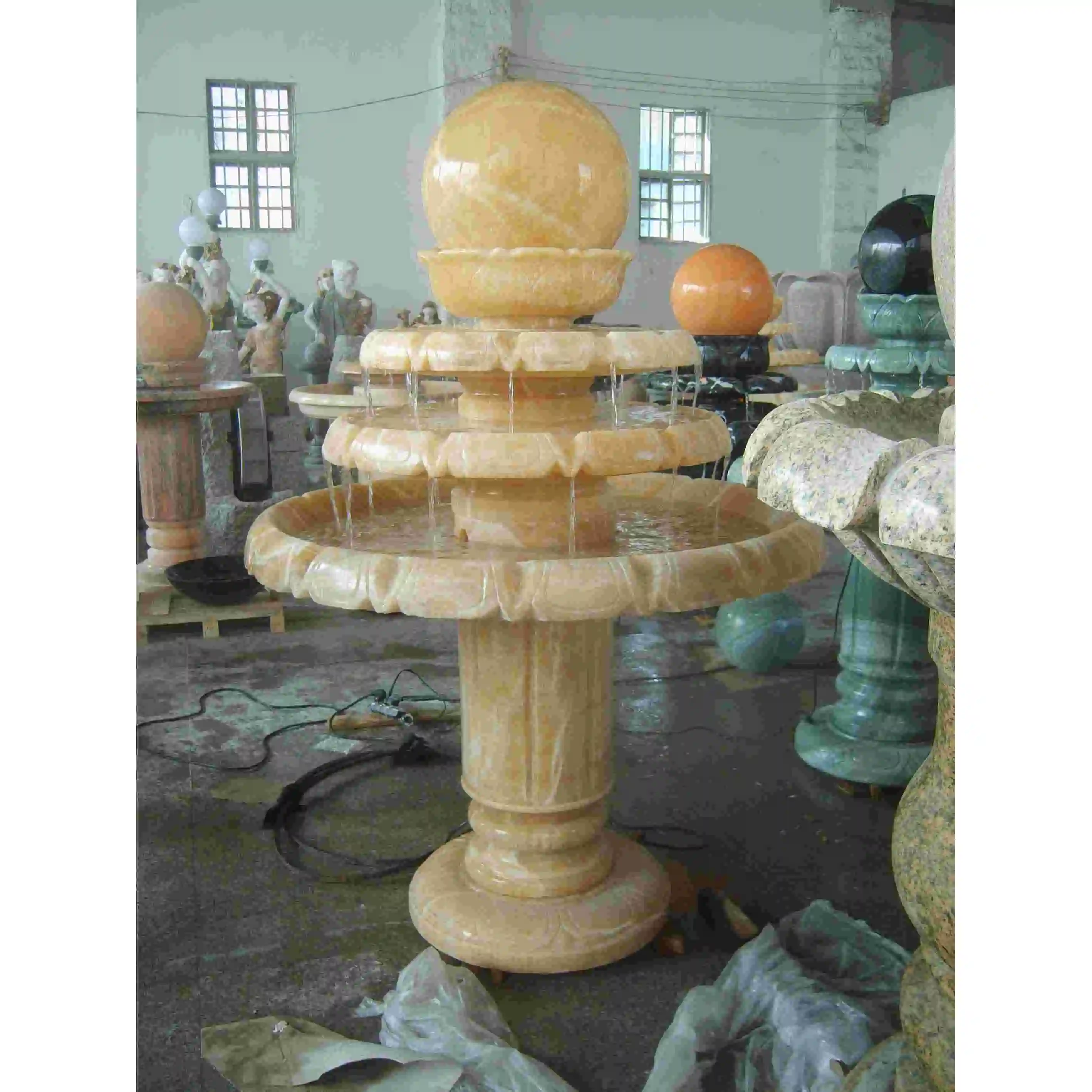The Timeless Beauty and Benefits of Stone Fountains
2024-07-22
Stone fountains have captivated human imagination for centuries, serving as both artistic masterpieces and sources of tranquility. From ancient civilizations to modern landscapes, these elegant water features continue to enhance gardens, courtyards, and public spaces. This blog explores the rich history, diverse types, myriad benefits, and essential maintenance of stone fountains, as well as tips on incorporating them into your outdoor or indoor space.
A Brief History of Stone Fountains
Stone fountains have deep roots in history, dating back to ancient civilizations. The Greeks and Romans were known for their sophisticated water features, which were often central to public spaces and private gardens. These fountains not only provided water but also demonstrated engineering prowess and artistic sensibility.
In medieval Europe, stone fountains adorned monastic gardens and town squares, often featuring religious motifs. The Renaissance period saw a resurgence of elaborate fountain designs, particularly in Italy, where they became central to the grand gardens of palaces and villas. These historical fountains were symbols of wealth, power, and artistic achievement.
Types of Stone Fountains
1. Wall Fountains: Mounted on or integrated into a wall, these fountains are ideal for smaller spaces, adding a touch of elegance without occupying much ground area.
2. Freestanding Fountains: Available in various designs, from simple basins to elaborate multi-tiered structures, these versatile fountains can be placed anywhere in your garden or yard.
3. Tabletop Fountains: Perfect for indoor use or small outdoor areas, these compact fountains bring the soothing sound of water to your home without requiring much space.
4. Bird Bath Fountains: Combining the functionality of a bird bath with the beauty of a fountain, these features attract wildlife to your garden.
5. Sculptural Fountains: Doubling as works of art, these fountains feature intricate carvings and designs that make a statement in any setting.
Benefits of Stone Fountains
- Aesthetic Appeal: Stone fountains add timeless beauty to any space. Their natural appearance blends seamlessly with outdoor environments, creating a harmonious and tranquil atmosphere.
- Relaxation and Stress Relief: The sound of flowing water is incredibly soothing. It can help reduce stress, promote relaxation, and improve mental clarity.
- Wildlife Attraction: Fountains can attract birds and other wildlife, enhancing the biodiversity of your garden and providing a closer connection to nature.
- Cooling Effect: In hot climates, the presence of a fountain can help cool the surrounding area, making your outdoor space more comfortable during the summer months.
- Increased Property Value: A well-maintained stone fountain can boost the curb appeal and value of your property, making it a worthwhile investment.
Maintaining Your Stone Fountain
Proper maintenance is essential to keep your stone fountain looking beautiful and functioning smoothly. Here are some tips:
1. Regular Cleaning: Remove debris such as leaves and dirt from the basin regularly. Clean the fountain with a mild soap solution and a soft brush to prevent algae buildup.
2. Check the Water Level: Ensure the water level is adequate to prevent the pump from running dry, which can cause damage.
3. Winter Care: In colder climates, it's important to winterize your fountain. Drain the water and cover the fountain to protect it from freezing temperatures.
4. Inspect the Pump: Regularly check the pump for any signs of wear or blockages. Clean the pump as needed and replace it if it shows significant signs of deterioration.
Incorporating a Stone Fountain into Your Space
When adding a stone fountain to your garden or yard, consider the following:
- Location: Choose a location that complements your landscape design. Ensure it's visible and accessible, but also consider the proximity to electrical outlets for the pump.
- Style: Select a fountain style that matches your aesthetic preferences and the overall theme of your outdoor space.
- Scale: Make sure the size of the fountain is appropriate for the area. A small fountain might get lost in a large garden, while a large fountain might overwhelm a small yard.
- Surrounding Elements: Enhance the beauty of your fountain with complementary landscaping elements such as plants, stones, and lighting.
Conclusion
Stone fountains are more than just decorative features; they are timeless pieces that bring a sense of calm and elegance to any space. Whether you choose a grandiose freestanding fountain or a simple wall-mounted design, the addition of a stone fountain can transform your garden into a serene oasis. With proper care and thoughtful placement, your stone fountain will provide beauty and tranquility for years to come.



